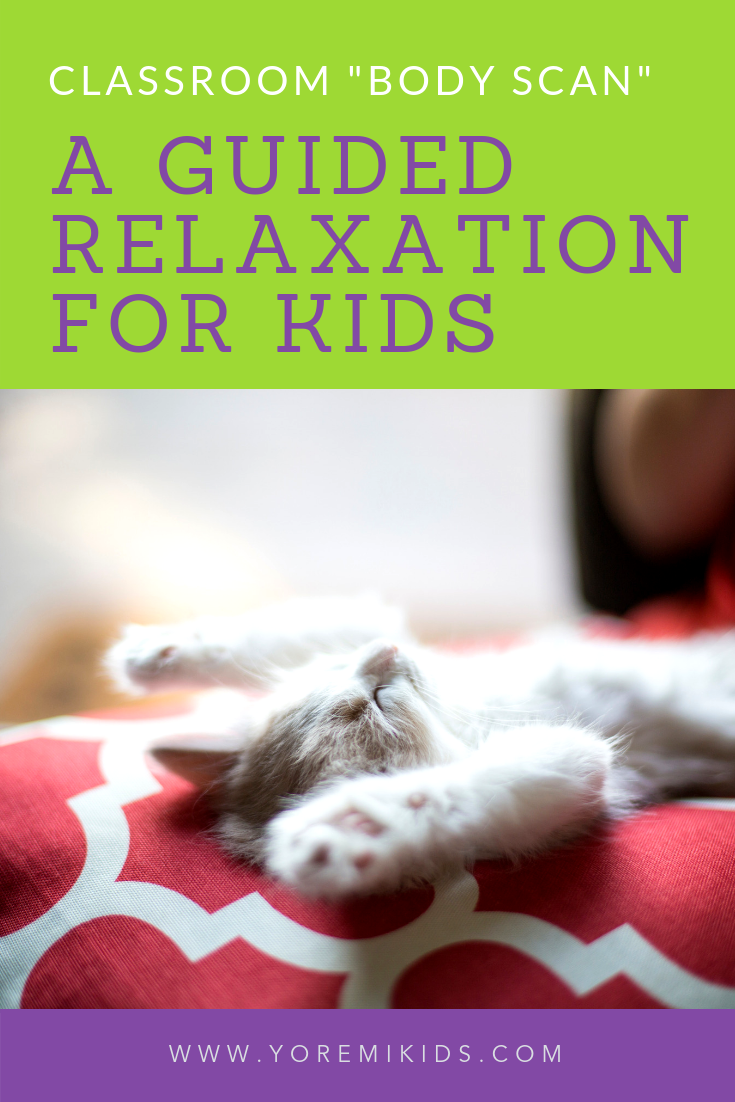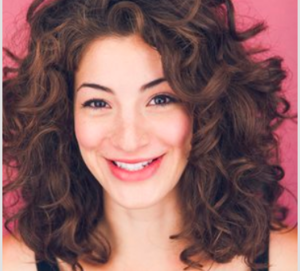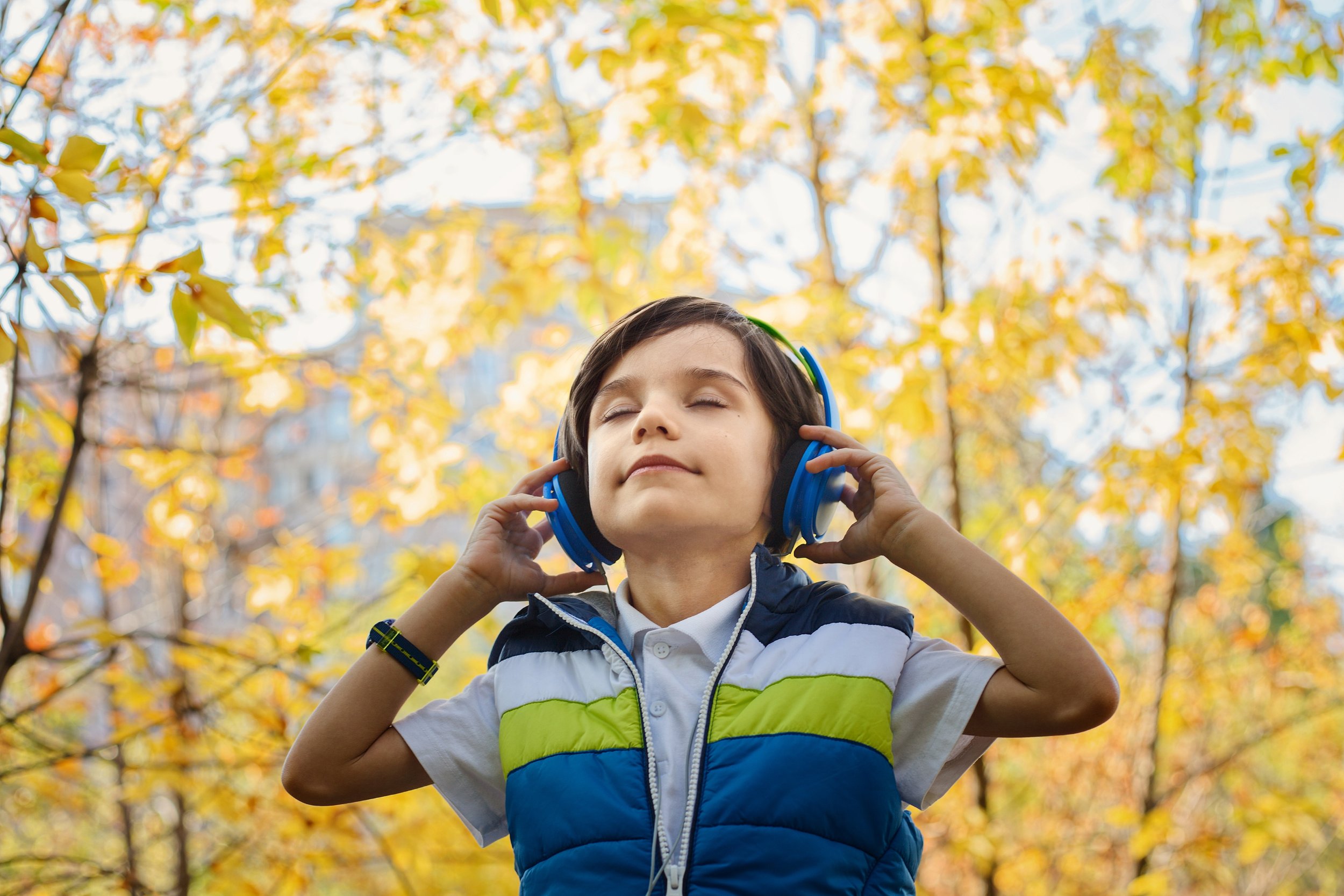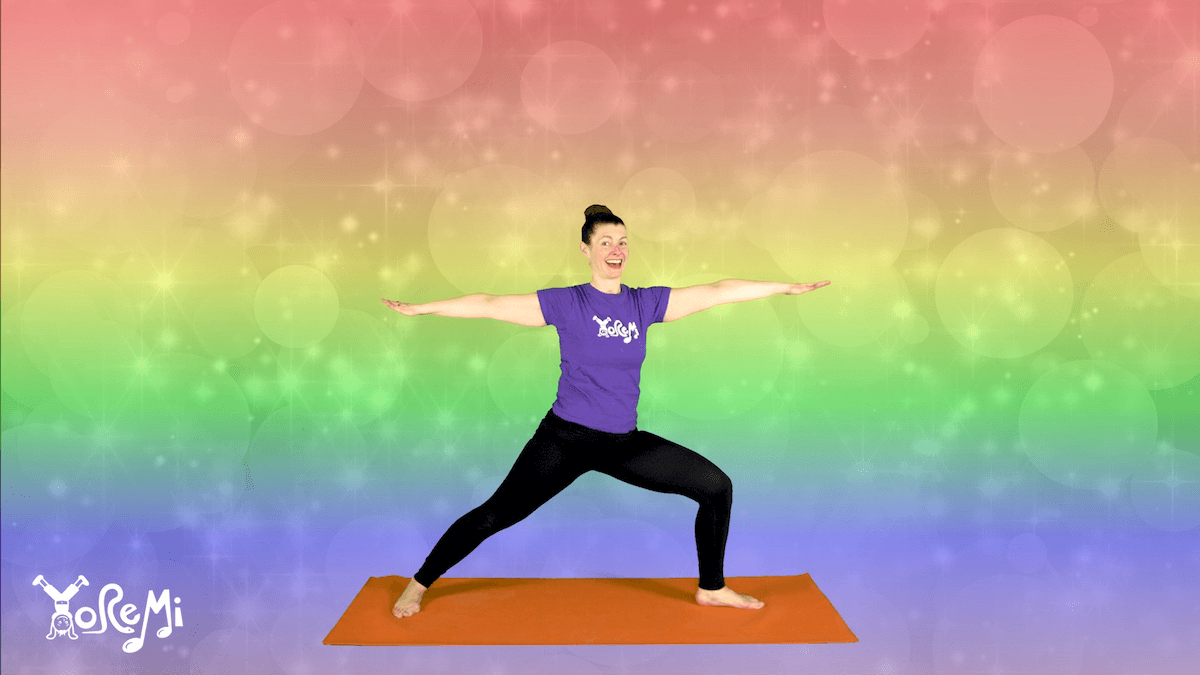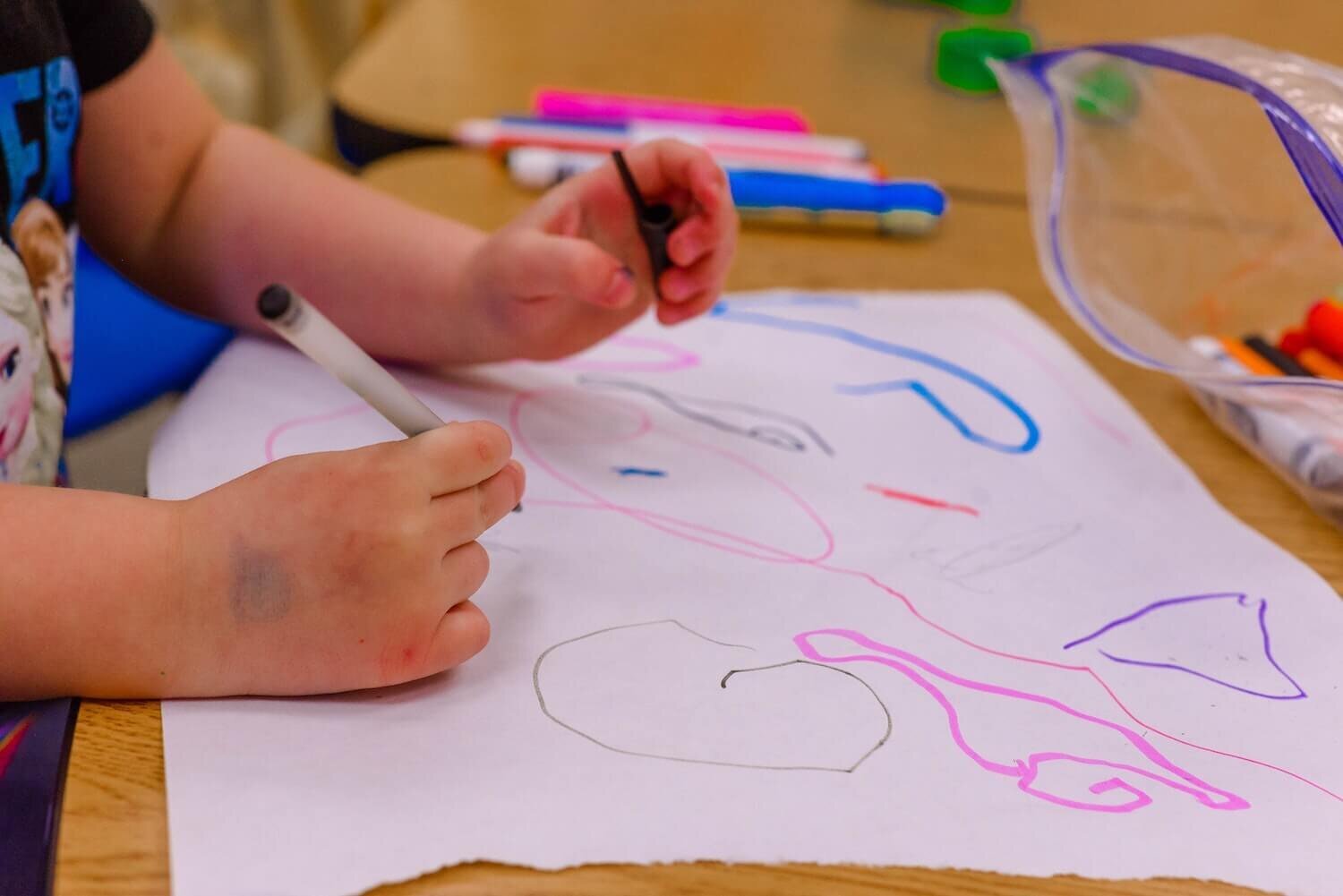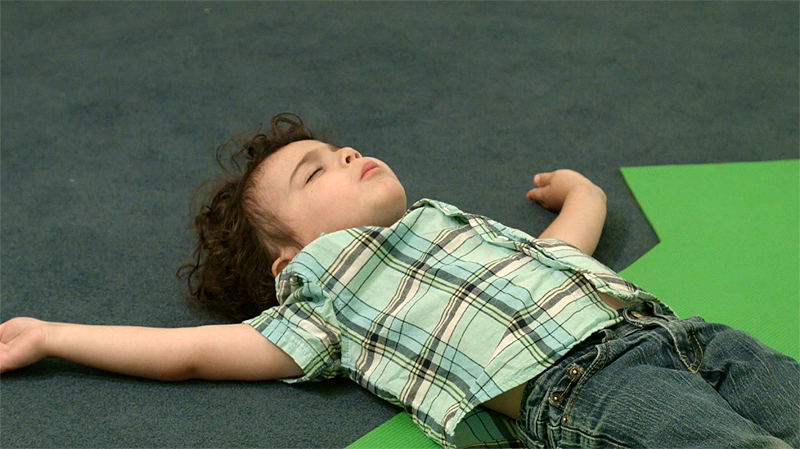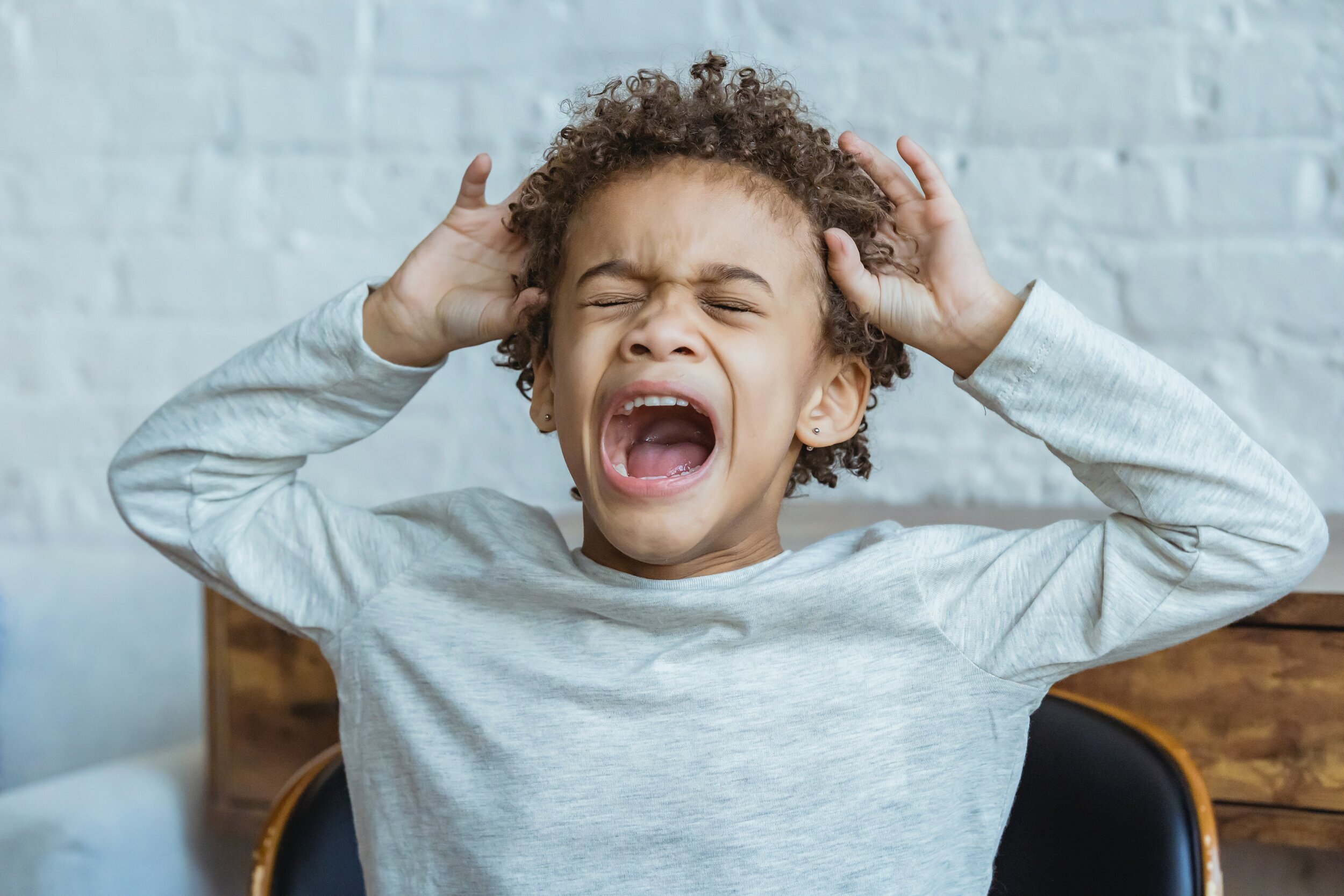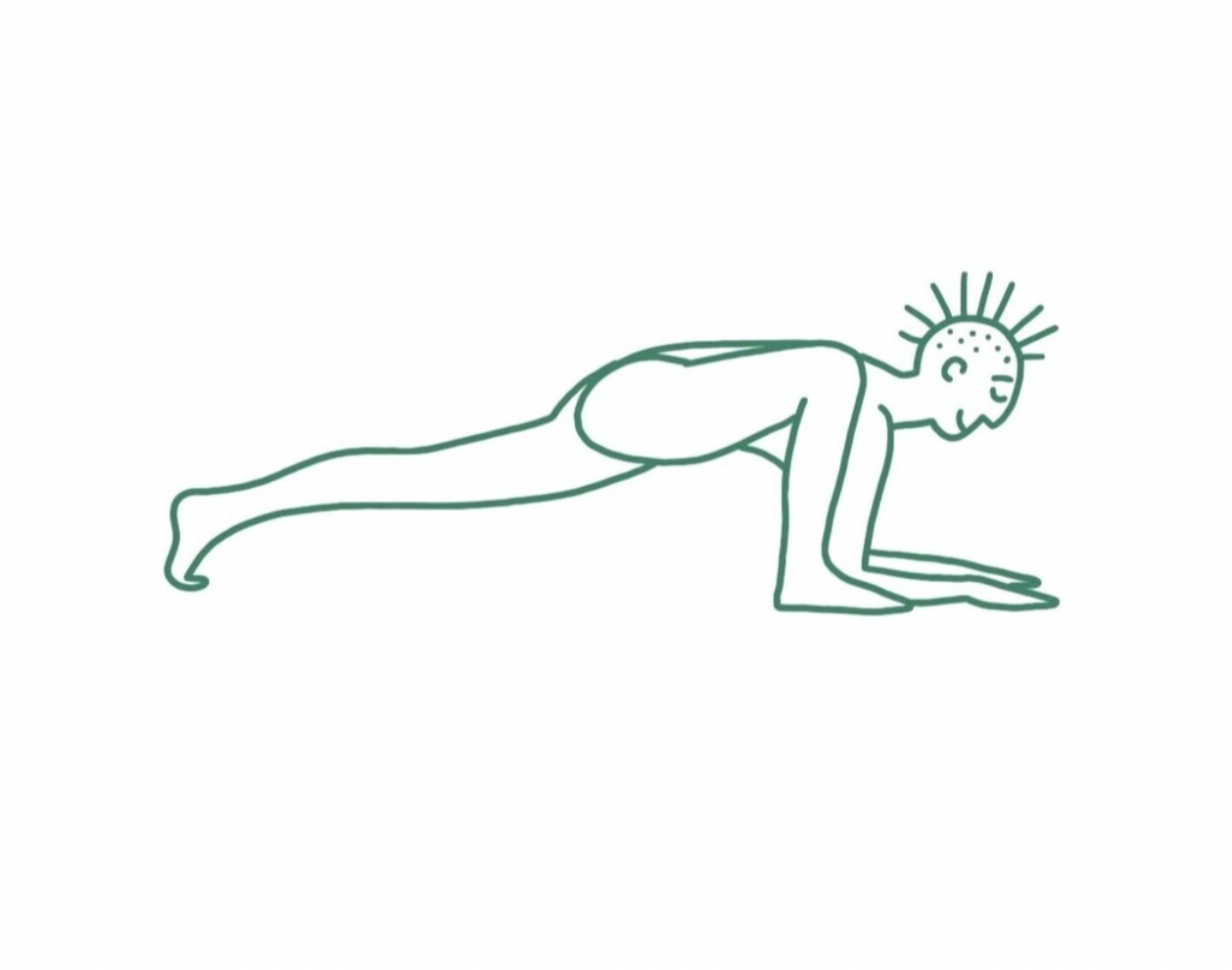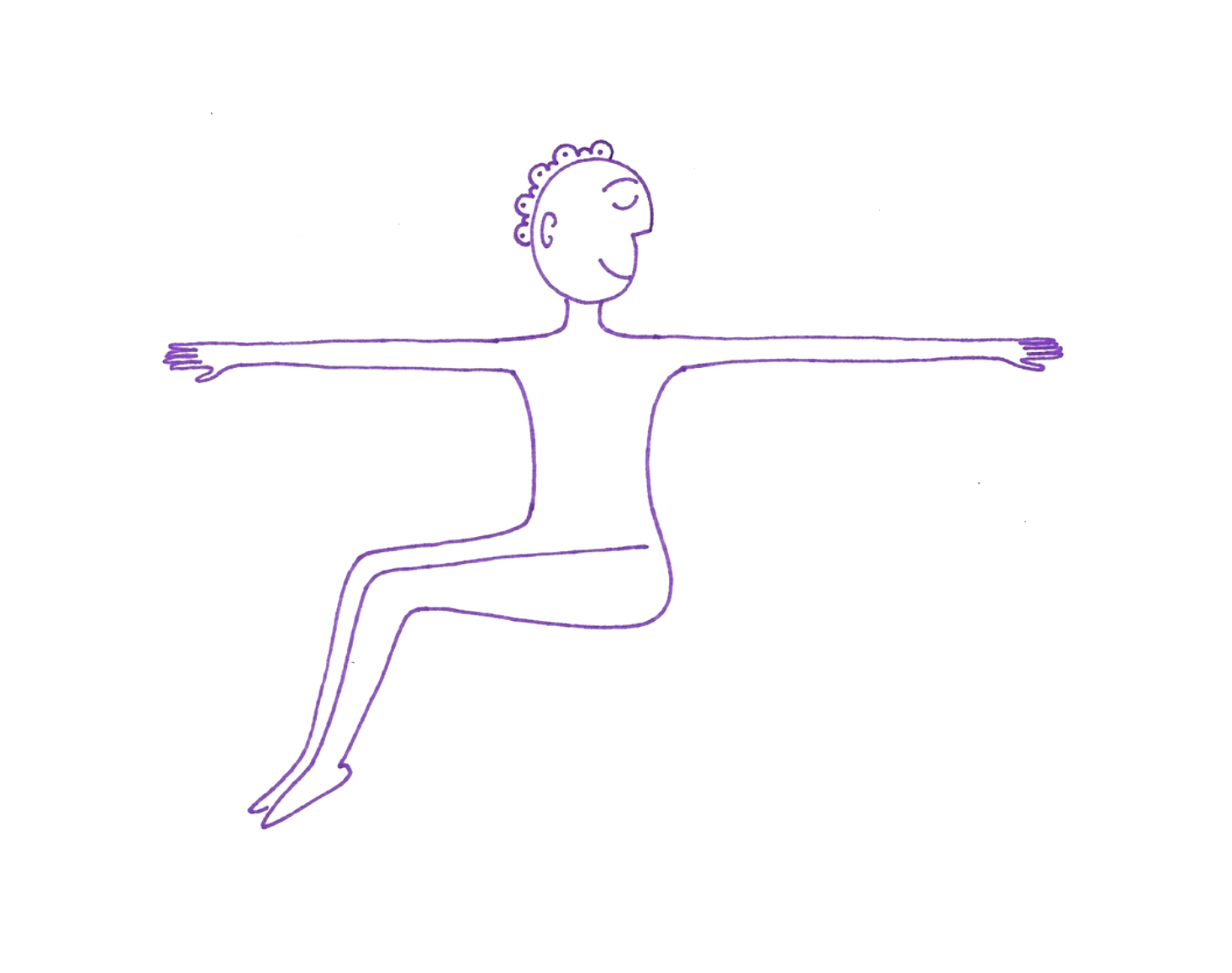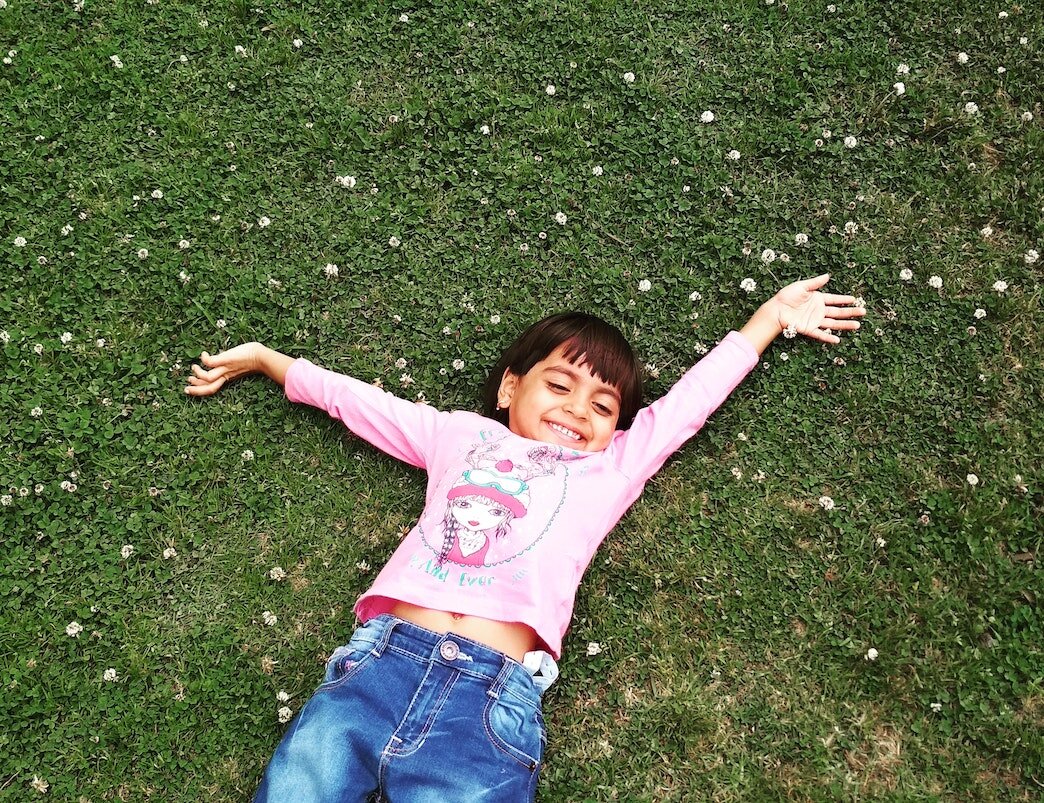Body Scan: A Guided Relaxation for the Classroom
“It’s a nice feeling to just be.”
When our students are experiencing big emotions or lots of hyper, sugar fueled-energy (I’m looking at you Halloween-candy-bag-that-never seems-to-end) a body scan is a mindful way to wind down, reground, and regroup. And it works great for adults as well.
Yo Re Mi uses body scans in class as part of its enrichment program; it helps with emotional regulation, reduces stress and anxiety, and can improve classroom behavior. And don’t worry, it’s not as medical as it sounds.
In the Classroom: How To Body Scan for Relaxation
At the end of every Yo Re Mi class, students have at least five minutes of guided relaxation.
You may be surprised how much children need that moment of calm. Heck, I’d be willing to bet that if you feel you need it, they do too. Children are bombarded with events and playdates, school and homework, and their natural ability to be curious navigators of the world gets bogged down by sheer exhaustion. Sound familiar?
Let’s get started!
Begin by lying on your back. Allow your legs to relax and your feet to fall apart. Release your shoulders and rest your arms by your sides, palms face up. Close your eyes.
Start with your toes. Without moving anything else on your body, inhale through your nose and squeeeeeze your toes as tight as can be… then exhale and release them.
Move up to your feet. Keep the rest of your body still like a statue and squeeze your feet as tight as you can… and release them.
We move up the body, piece by piece, tensing and releasing major muscle groups.
Don’t be surprised if anyone falls asleep the first few times you try this. In fact, body scans have been used by pilots as a surefire way to get some zzz’s in high-stress situations.
Tips for an Effective Body Scan (for Grown-Ups and Children)
Body scan meditation is used as a way to tune into how your body is feeling in this precise moment.
When I practice the body scan with adults: we focus on the sensations in the body, noticing them without judgement and tracking when the mind wanders away in thought – again, without judgement, because, hey, that’s just what the mind does. This is a great practice for educators and parents.
When teaching to children: I activate the body scan by having them squeeze each muscle group. This provides physical feedback for when they subsequently relax their muscles. By noticing the difference between these two sensations, we can then have a conversation in which we choose which sensation we prefer and brainstorm ways to seek that sensation. As you go on with your students, you can remove the squeezing and graduate to simply relaxing each muscle group. Eventually you’ll graduate to language like, “notice your toes,” instead of “squeeze your toes.”
Remember to ask students how they feel.
What are the sensations in their body? Maybe someone feels hungry, maybe tingly, maybe cold. Maybe they hate body scans and wanna scream; just notice. In today’s fast paced world, we very rarely take the time to relax and check in with our body.
Other tips for using body scans for relaxation:
There are a million-bajillion variations of the body scan, so experiment with different styles and find what works for you
When I do body scans with four year olds, it goes without saying that I simplify the practice to make it accessible. If you begin to really love this simplified body scan, investigate a deeper, longer, or different variation
If you or a child in your care has a history of abuse, consider placing a heavy pillow or a weighted blanket over the torso. In yoga class we sometimes use bolsters for this purpose
Share this post
Bridget Saracino is the Director of School Operations at Yo Re Mi. A 200-hour National Yoga Alliance registered Yoga Teacher, she received her teaching certification from YogaWorks and deepened her study as a teaching artist with Yo Re Mi.
In addition to teaching yoga, Bridget is a professional actress and musician with a Master of Fine Arts in Acting from Brown University/Trinity Repertory Co., and a Bachelor's of Arts in Theatre Arts from Cornell University. She acts professionally in theatre, voiceover, and commercials across the country. Bridget is also a theatre educator, specializing in play, voice, dialects, and movement for children and adults.



